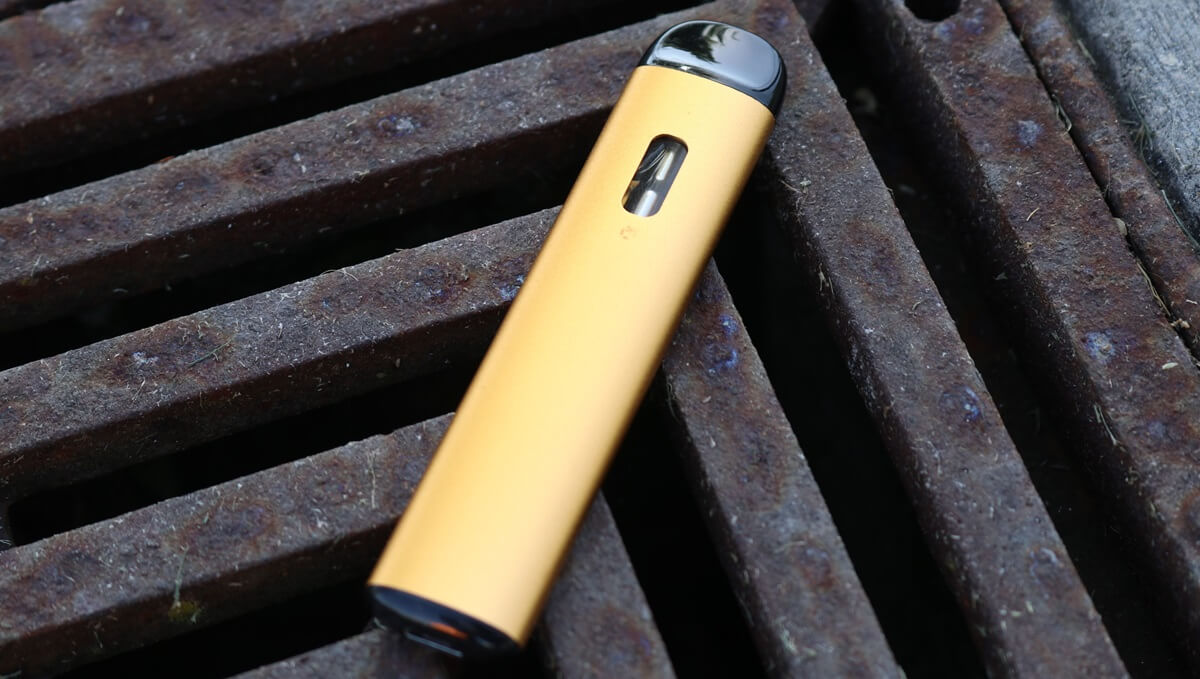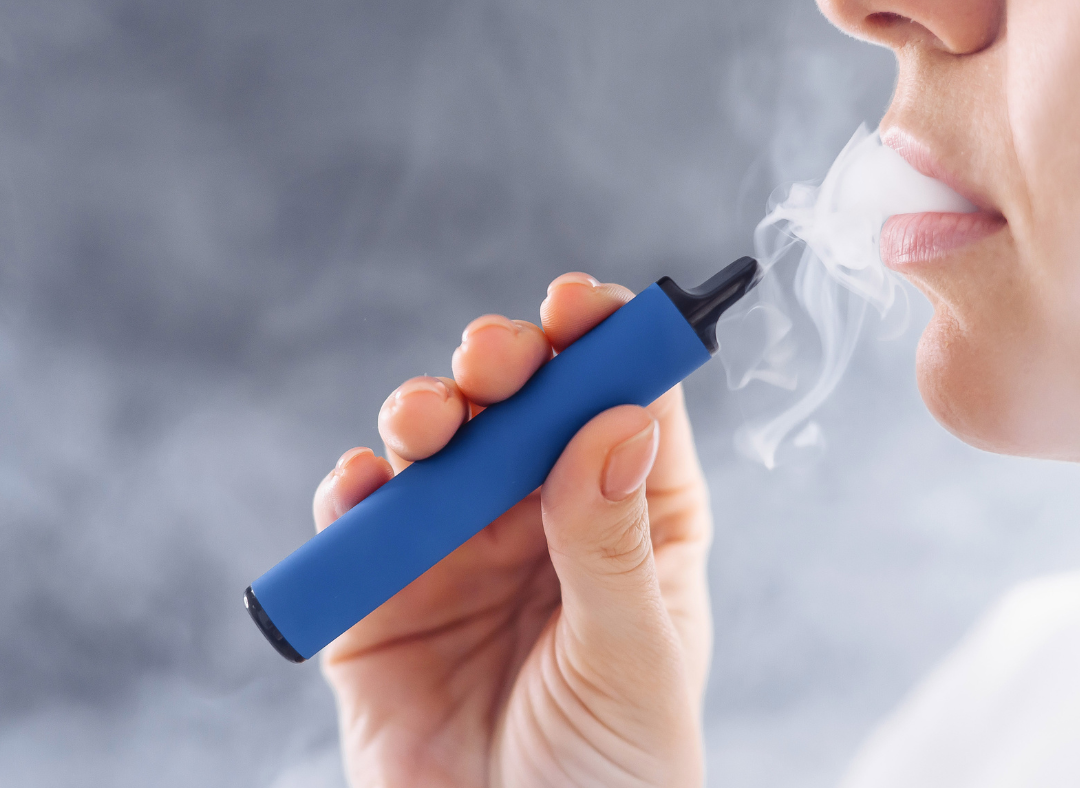Nanny-state or sensible? Conspiracy or Concern?
Recently there has been debate regarding the regulation of nicotine e-cigarettes, or vapes, following the announcement of regulatory changes to the sale and use of nicotine containing vapes/e-cigarettes. On one side, advocates argue vaping is a significantly safer, far more affordable option to smoking, while critics argue that vaping is potentially very dangerous, and it deliberately appeals to kids. Some advocates believe there’s even a government conspiracy to protect cigarette tax revenue, while critics believe the introduction of vaping could eventually turn a whole new generation on to smoking.
So where does the truth lie?
Whatever side of the argument you are on, it’s fair to say Australia has taken a very conservative approach to the regulation of vaping, compared with other Western countries. Australia has decided to regulate nicotine as a prescription only medicine. Meanwhile Americans, Germans and Brits can buy these in the usual places that you would expect to be able to purchase cigarettes. In many countries, such as the UK, vaping is promoted by health authorities as a way for smokers to quit, with Public Health England finding vaping to be at least 95% safer than smoking.
In contrast, in Australia, to legally buy and vape nicotine, you need a prescription from an Australian doctor. Most Australians, including many current vapers, are unaware that there are extremely heavy penalties for obtaining nicotine to vape without a prescription, even including jail time. Penalties vary from state to state as shown in the table below. For sellers of nicotine ‘under the counter’, the potential penalties are even greater, with potential fines exceeding $200K.
| STATE | PENALTY | PRISON TERM | LEGISLATION |
| ACT | $30,000 max or prison or both | 2 years | Medicines, Poisons and Therapeutic Goods Act 2008 |
| WA | $45,000 | Medicines and Poisons Act 2014 | |
| VIC | $15,546 max | Drugs, Poisons and Controlled Substances Regulations 2017 | |
| SA | $10,000 max | Controlled Substances Act 1984 | |
| NT | $15,400 max or prison | 12 months | Medicines, Poisons and Therapeutic Goods Act |
| QLD | $9752 max | Health (Drugs and Poisons) Regulation 1996 | |
| NSW | $1,100 max | Poisons and Therapeutic Goods Regulation 2008 | |
| TAS | $7,850 Or prison | Up to 2 years | Poisons Act 1971 |
It’s very important that if you’re considering vaping nicotine to help you quit smoking, that you have this first reviewed by a doctor. It’s important that you get a prescription, so that you’re not breaking the law and risking huge penalties. Your doctor will need to fill out a SAS B form online, or be a nicotine Authorised Prescriber. There is no obligation on your doctor to ever prescribe anything that they aren’t familiar with, or are uncomfortable prescribing. If your doctor isn’t happy to write a prescription, ask what other options are available to help you quit smoking. Alternatively, you can be reviewed by an experienced Quit Clinics doctor online, and have an electronic prescription issued, if medically appropriate. All of our doctors are Authorised Prescribers of nicotine.
Conspiracy or Concern? Why has Australia taken this approach?
Being the year 2020, there are plenty of online conspiracy theories about almost everything, and vaping regulation is not immune. The price of cigarettes has now escalated to a point where a pack per day smoker spends approximately $18000 per year on smoking. Crazy right? While tax revenue generated from the sale of cigarettes is estimated to be over $15 billion by 2021, the cost to the health system is probably a similar cost, meaning the net revenue that the government generates is probably minimal, if any.
It may not be a popular opinion, but most politicians are good people, that only want the best for the people they’re paid to represent and protect. Whether or not you agree with the huge financial burden smokers face, 50% of smokers will die from a smoking related cause, and you’d be hard pressed to find any politician or regulator that wouldn’t be happy if every Australian smoker was able to quit tomorrow. Unfortunately though, it’s not that easy to quit.
Australia has previously been seen as a world-leader in smoking cessation, with strong government policy resulting in smoking rates slowly reducing over the past decades. Unfortunately though, despite escalating prices, smoking rates have stalled. Meanwhile, in other countries where vaping is more freely available, smoking rates have continued to decline.
So why hasn’t the government and regulators made vaping easily accessible? It’s tempting to think it’s all a big conspiracy, but the heavy regulation is mainly based around two concerns (even though some of this concern has been debunked, by good global research).
Big Concern #1: Teen vapers
Regulators are concerned that teens are vaping in increasing numbers overseas, and that vaping may become a ‘gateway’ drug to turn teenagers into smokers. While the number of teenagers in the USA has grown steadily over the past decade, there is little evidence that these teens then eventually become smokers. In fact, there is new Canadian research that suggests the opposite may be true. Some researchers argue that teens who previously may have experimented with smoking cigarettes, are now instead experimenting with less harmful vapes. Further the majority of teen vapers overseas tend to vape flavoured, nicotine free e-cigarettes, and only vape occasionally.
Regulators are rightly concerned about turning a whole new generation on to smoking, but the evidence suggests that they shouldn’t be too concerned. Sensible regulation to ensure that vapes, particularly nicotine vapes cannot be sold to anyone under the age of 18 makes sense. The marketing of products and flavours that appeal to teenagers and 18 also needs to be discouraged, if not banned. Furthermore, all vaping products, whether they contain nicotine or not, should be childproof.
Big Concern #2: Vaping is unsafe
Concern number two, and probably the biggest one, is that vaping is unsafe. It is true that vaping is not risk free, as is the case with most, if not all, medications. Importantly, because vaping is still a new technology, the long-term effects are unknown, so it definitely can’t be viewed as a safe long-term option.
Concern about the short term risks of vaping (months to a few years) stem from a number of vaping related deaths in the USA. As of January 2020, the US Centers for Disease Control and Prevention (CDC) confirmed 60 deaths in patients with e-cigarette, or vaping, product use associated lung injury (EVALI). These cases predominantly affected people who had either modified their vaping devices, or used black market modified e-liquids, that contained THC, and in particular, vitamin E acetate. Vitamin E acetate is a thickening agent often used in THC vaping products, and it was found in all lung fluid samples of EVALI patients examined by the CDC.
It is imperative that if you are considering using a nicotine vaping device, or liquid, that you purchase it from a trusted, proven supplier, who is happy to show you their safety data. You need to be 100% sure that the product you are purchasing is free of contaminants like Vitamin E acetate. If there’s a hint at all that your supplier isn’t safety focussed, if they aren’t happy to tell you where they make their products, and provide safety data, then ask yourself why, and find a better supplier.
Hint: if the dodgy corner shop guy is willing to risk a $200K fine by selling you something that fell off the back of a truck, he probably isn’t that concerned about doing things safely and by the book!
Hint: if an online seller doesn’t care whether you have a prescription or not, and are letting you unknowingly risk huge fines, they probably don’t care too much about safety either.
It’s also important not to mix different products, or use your device in a way that it wasn’t intended to be used. Sometimes this may mean cost increases by a few dollars, but it’s worth it to ensure that the risks of vaping are minimised. Quitclinics advises against mixing very high concentration ‘freebase’ nicotine to create your own strength liquid. While many vapers are experienced in this practice, and have done so without harm for a long time, it is potentially dangerous. There’s no other medicine that you purchase in high concentration and then go home and mix yourself. You only need to get it wrong once to end up very, very sick. Given the risks of concentrated freebase nicotine, Quitclinics’ experience is that sellers of concentrated freebase nicotine aren’t typically very concerned about safety either.
Long term, the risks of vaping are unknown. Your lungs were designed to inhale oxygen, and exhale carbon dioxide. Short term your lungs are clever enough to deal with a number of things that might find their way into your lungs, but long term inhaling anything other than oxygen probably isn’t a good, or safe idea.
That being said, high quality vaping products only contain a few chemicals, whereas cigarettes contain over 7,000 potentially harmful chemicals. Even the staunchest critics agree that vaping is significantly safer than smoking. If you’re a long-term smoker, there’s at least a 50/50 chance that it will be your cause of death. If it’s a choice between the two, from a safety point of view vaping wins hands down.
In summary, vaping isn’t risk free, and it isn’t a life-long solution to quitting smoking. Cold-turkey is the safest (and hardest) option, but can be more successful if you quit with a friend, and involve a health professional, such as your GP or the QuitLine. Cold-turkey options are followed closely by Nicotine replacement gums and patches, which have decades of safety data and have helped thousands of smokers quit long term. Finally, prescription medications are available that can help, however these can have some significant side effects for some patients.
Given the lack of long-term safety data, using vaping to quit smoking shouldn’t be your first choice. Try cold-turkey, quitting with a friend, calling the Quitline and try nicotine gum or patches first. Speak to your GP to see what option might be right for you. If these options haven’t worked for you though, vaping is endorsed by the Royal Australian College of GPs as a potential option to help smokers quit. One of the upsides of vaping is that different strengths are available, meaning that you can gradually reduce your nicotine addiction over time. Gradually you should try to reduce how often you vape, and the strength of nicotine, so that nicotine dependence reduces over time.
A good goal is to reduce the strength of your vape every 3 months, and aim to quit nicotine altogether within one year. You can also try to supplement nicotine replacement therapy (NRT) such as gums and patches, so that you don’t need to use your vape as frequently.
A Quit Clinics prescription is valid for 6-12 months. If you’re unable to completely quit nicotine in one year, that’s okay, it’s one of the most addictive things in the world. What’s important is that you’re heading in the right direction, not smoking, and reducing your nicotine use over time. If you’re still requiring nicotine after 12 months, you can be reviewed again by a doctor. You don’t have to do it on your own, and Quit Clinics will also follow you up online with tips to help you stay off the cigarettes. Your lungs will thank you, and your wallet will too!






